Land Rover Defender 130 V8 Review: Brilliantly Pointless, Pointlessly Brilliant
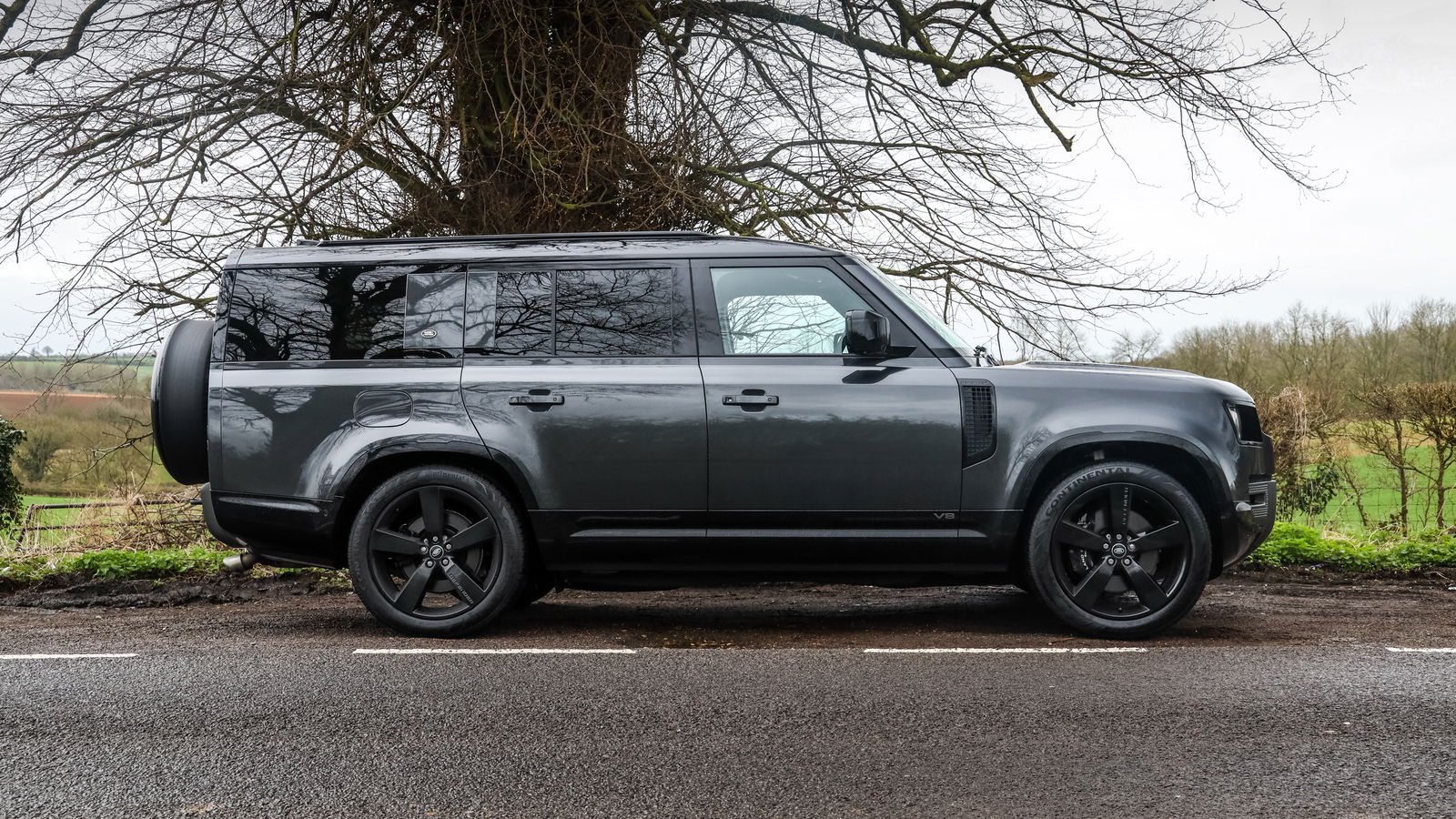
Pros
- Hugely spaciousSurprisingly fun to drive
Cons
- Incredible thirstWeird sound augmentation
Body roll is underrated. Yes, I remain impressed by the way top-end performance SUVs can corner eerily flat thanks to things like active anti-roll bars and trick air suspension, but you don’t realise quite how much you miss a bit of old-fashioned lean until you get in something like the Land Rover Defender 130 V8.
Of course, compared to wobbly SUVs of old the biggest, heaviest Defender still handles pretty tidily, but there’s something endlessly amusing about a powerful 4x4 that leans, pitches and rolls more than we’ve become accustomed to.
How big and how heavy, you ask? Well, you’re looking at 5,383mm in length and an astonishing kerb weight of 2670kg. The wheelbase, before you ask, isn’t 130 inches as it was on the original Defender 130 - the numbers have become mere historical references rather than something that doubles up as a rough measurement as before.
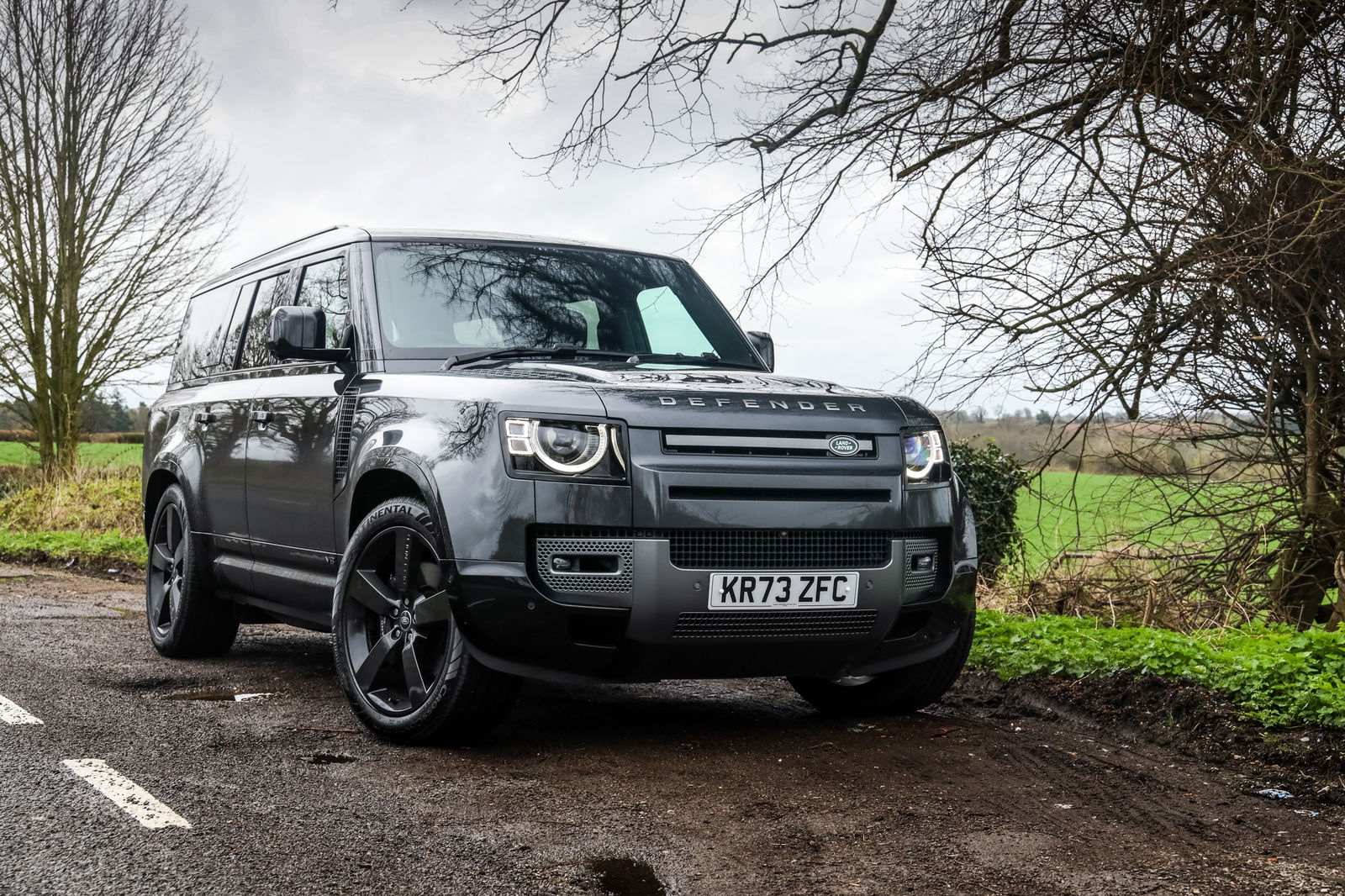
The 90 actually has a 101.9-inch/2,587mm wheelbase, while the 110 and 130 get the same wheelbase of 119 inches/3,022mm. Rather than stretch the 110’s wheelbase to make the 130, it’s all in the rear overhang, which looks gargantuan when the vehicle’s viewed from the side.
As there’s so much of it, the 130 V8 doesn’t feel like it picks up all that quickly when you first put your foot down. The performance stats on paper sound respectable enough, though, with the 493bhp, 5.0-litre V8 making a 0-62mph time of 5.2 seconds possible, while the top speed is 149mph. You’re just so high up and cocooned from the world that it doesn’t shock with its straight-line performance, although the supercharged lump certainly seems like a novelty when such engines are almost exclusively turbocharged these days.
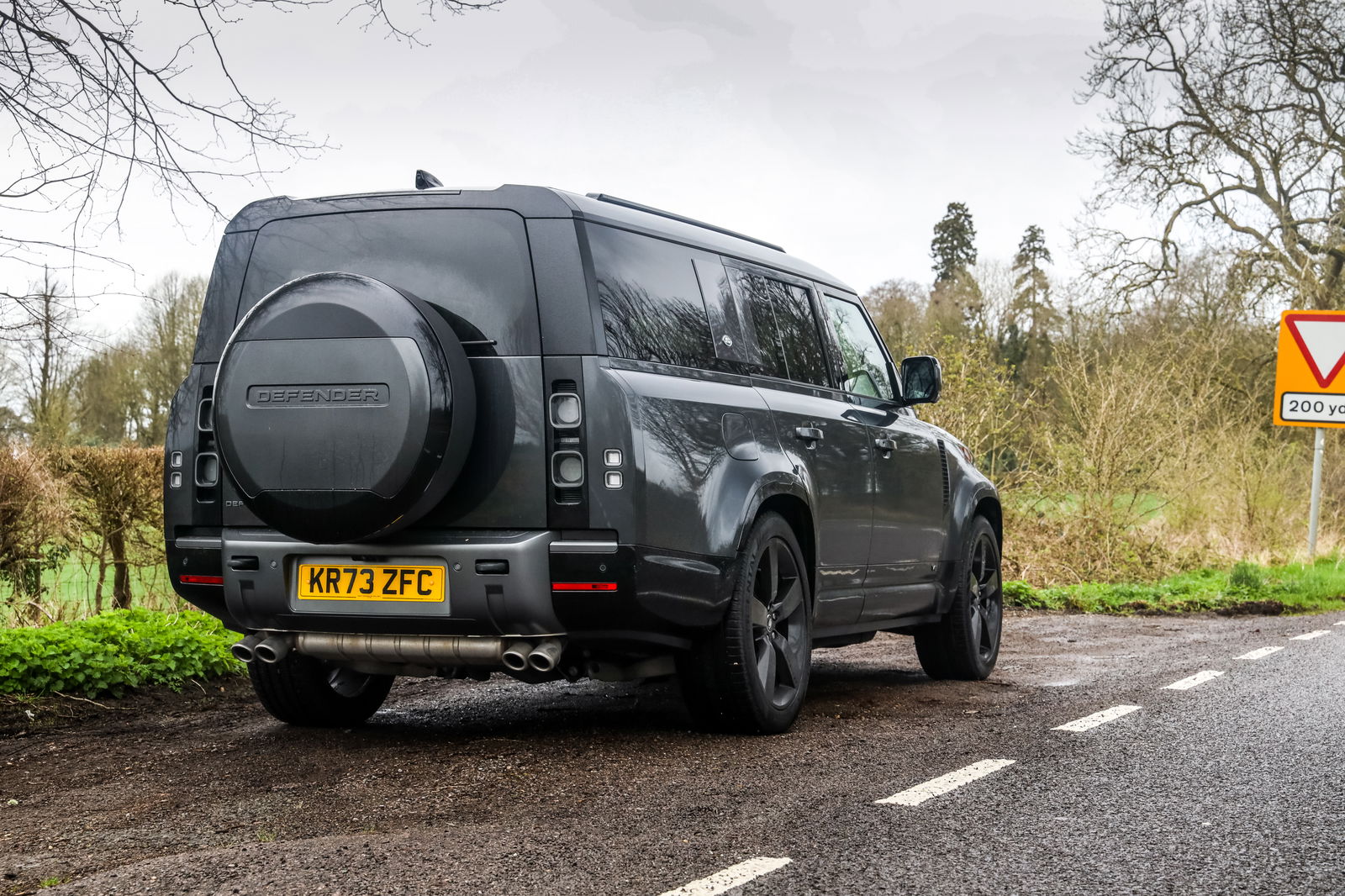
It’s just a shame that the soundtrack is a little underwhelming compared to earlier applications of this engine, some of which made utterly filthy noises at full chat. Inside the 130, on the other hand, the sound of what’s happening under the bonnet and being spewed out of the exhaust system is pretty much drowned out by augmented sound fed through the speakers, which I wouldn’t mind so much if it actually sounded like a V8. As it stands, it’s more like what Gran Turismo 2 told you a V8 sounded like. The noise is just about rumbly enough at lower revs, but it’s bizarre just how far off the mark it is at higher RPM.
You could, of course, just wind down the windows, but without the amplification of a tunnel, there’s not a whole lot to hear - it’s a very subtle exhaust note. If anything, the turbocharged, BMW-borrowed V8 used by various versions of the Range Rover and Range Rover Sport make a more satisfying noise. Of course, there are various aftermarket solutions to this.
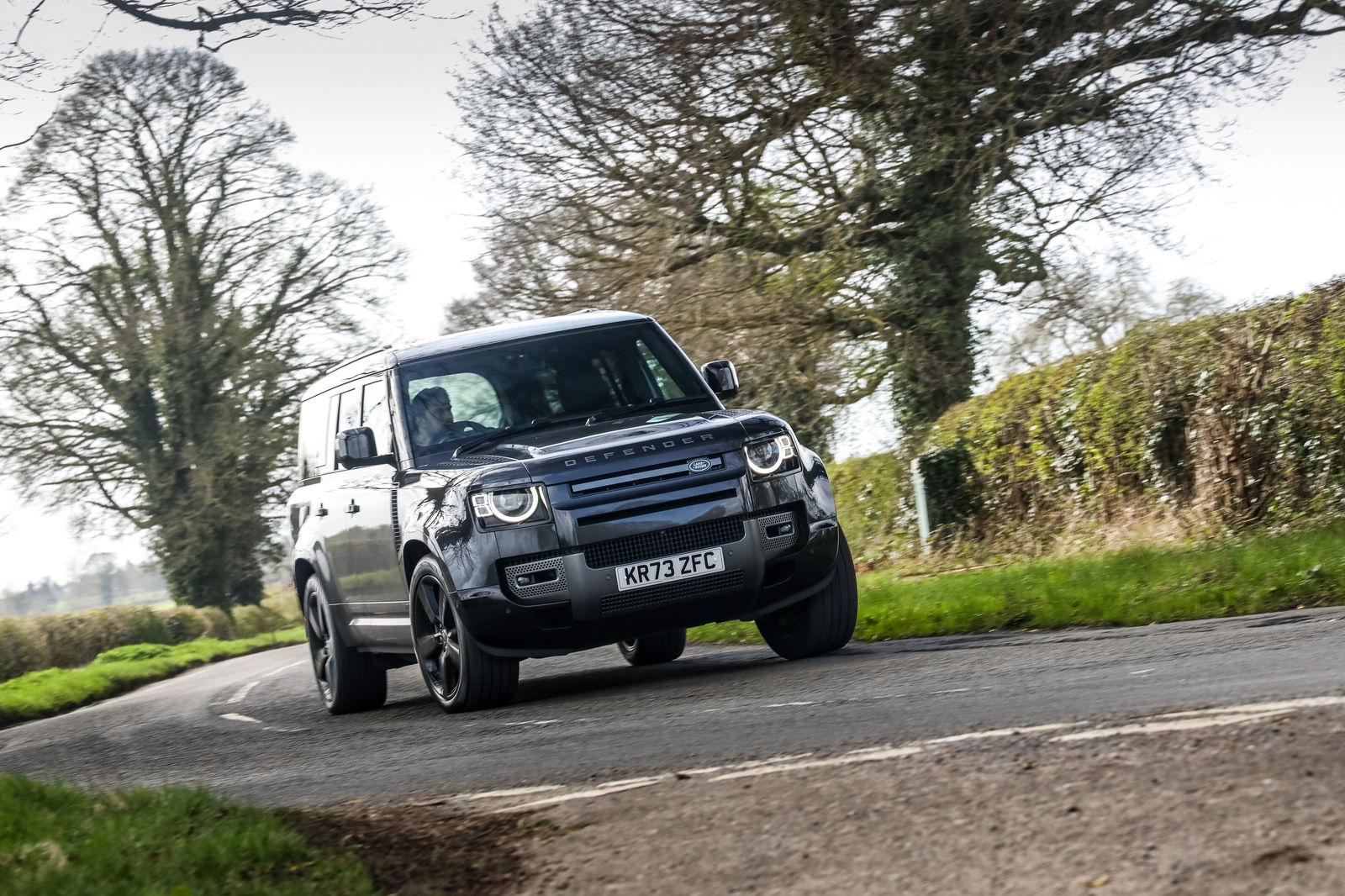
This disappointment is offset by the way the 130’s big, flat bonnet pitches up during acceleration. It never ceases to raise a smile. And yes, burying your foot deep into the carpet on corner exit, while the 130 gets its lean on, is always tremendous fun.
There’s not a great deal of feedback from the steering, but it’s predictable and well-weighted, making it easy to place the 130’s big-boned form on the road. You do have to pick your entry speeds carefully, though, as understeer will quickly follow your overexuberance.
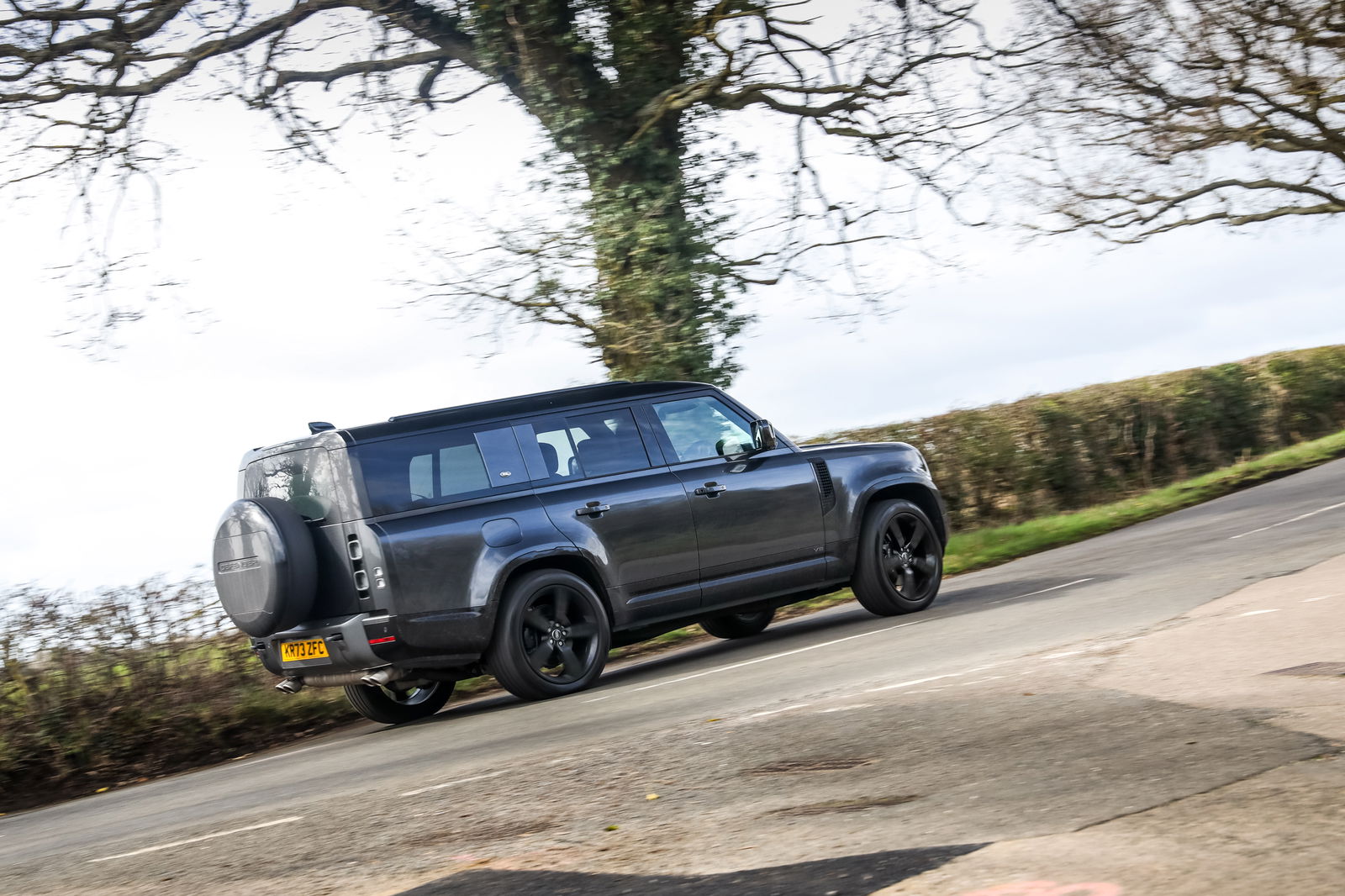
As fun as chucking it around on a country road might be, cruising along is where the 130 makes a lot more sense. As Land Rover has kept the car soft, it’s smooth riding, other than the occasional shudder sent through the cabin when one of those massive 22-inch wheels sinks into a pothole. It’s quiet on the move, too, distancing itself from its notoriously noisy predecessor. As we’ve said before, really, you can think of this more as a replacement for the previous-generation Discovery than the OG Defender. And that’s no bad thing.
We didn’t take the Land Rover Defender 130 on anything rougher than a typical British B-road, but it’s worth noting the mud-plugging compromise of the model compared to the 110. While the 110 has a departure angle of 40 degrees, the 130 manages only 28. But still, it’ll handle off-road stuff better than most other big SUVs. It’s still a Landie.
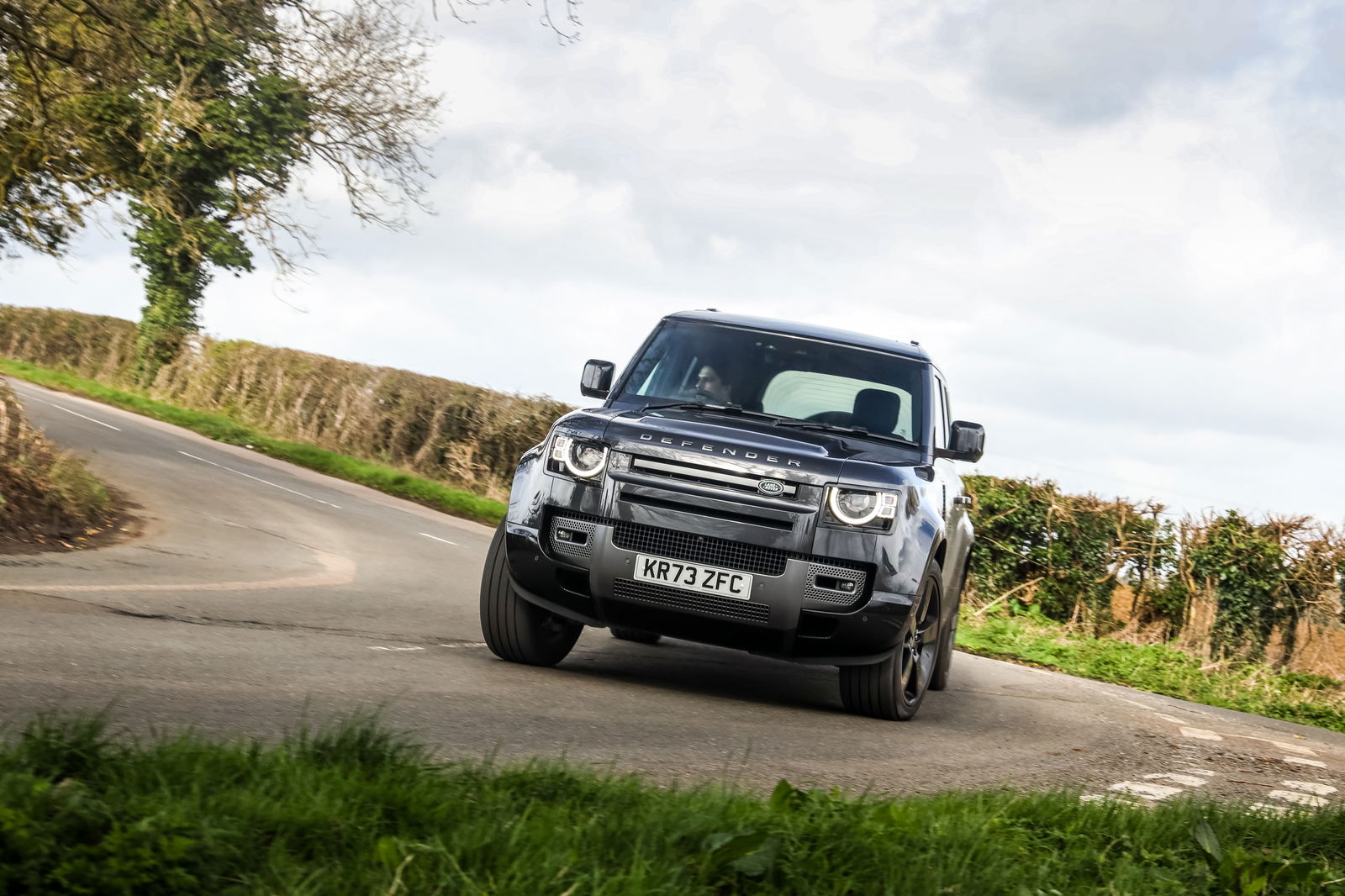
In terms of space, it’s perhaps not quite as cavernous as you might expect when opening the side-hinged boot, but there’s a spacious third row which can genuinely seat three, giving the Defender 130 a total human-carrying capacity of eight. It’s certainly the classiest eight-seater around - without importing something equally giant from the US, the only real alternative to this is going to be a van-derived MPV.
Even with all the seats in place, you can get 389 litres of stuff in the 130, and 1,232 with the third row folded, although in the latter configuration, there’s a pretty big hump in the floor. Fold the middle row too (again, not quite leaving a flat floor), and you’ve 2,291 litres to play with. Ideal if you get carried away on the next Ikea trip.
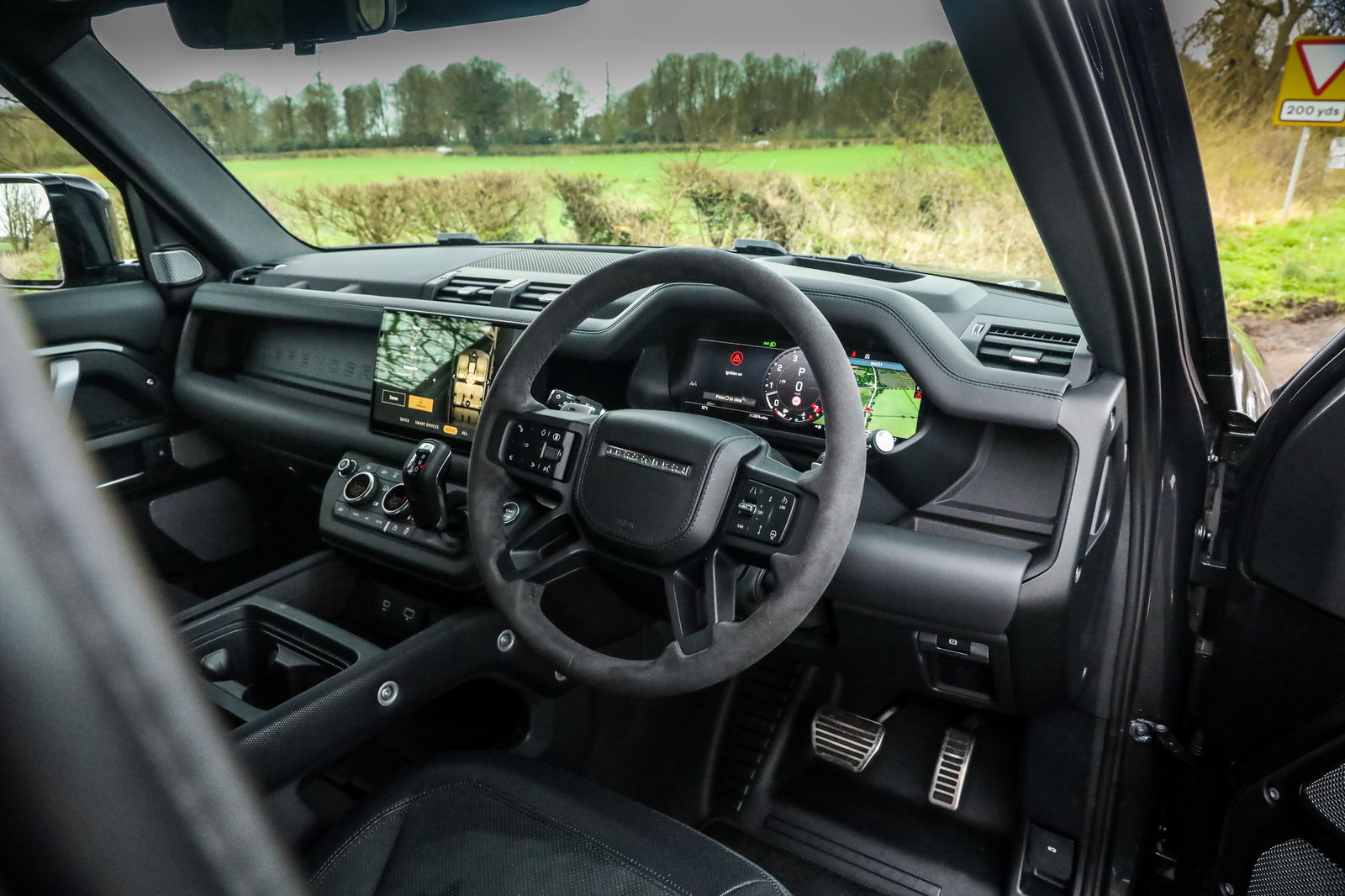
The thing is, you get all that practicality and refinement with an entry-level 130 with the fantastic D350 mild-hybrid diesel engine, spend about £40,000 less than the £120,065 V8, and burn through a lot less fuel. Even the official figure for the V8 is a paltry 19.6mpg, and you’ll do well to get much over 15mpg.
Outside of the Middle East, you’d imagine the market for the 130 V8 is limited. And yet, I’m glad Land Rover made it. It’s so brazen, excessive and downright silly. And no, parallel parking in it isn’t quite as bad as you’d imagine.
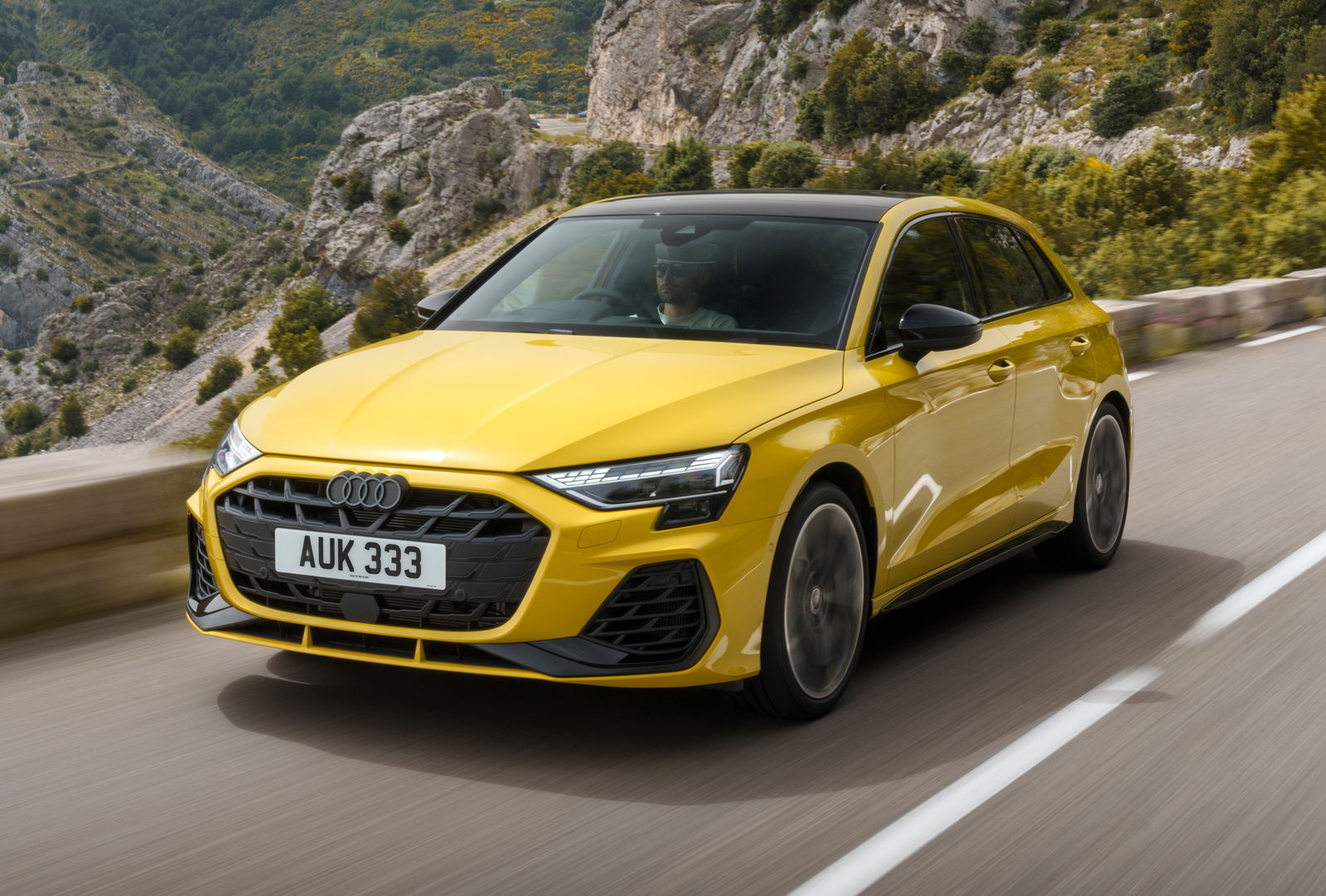
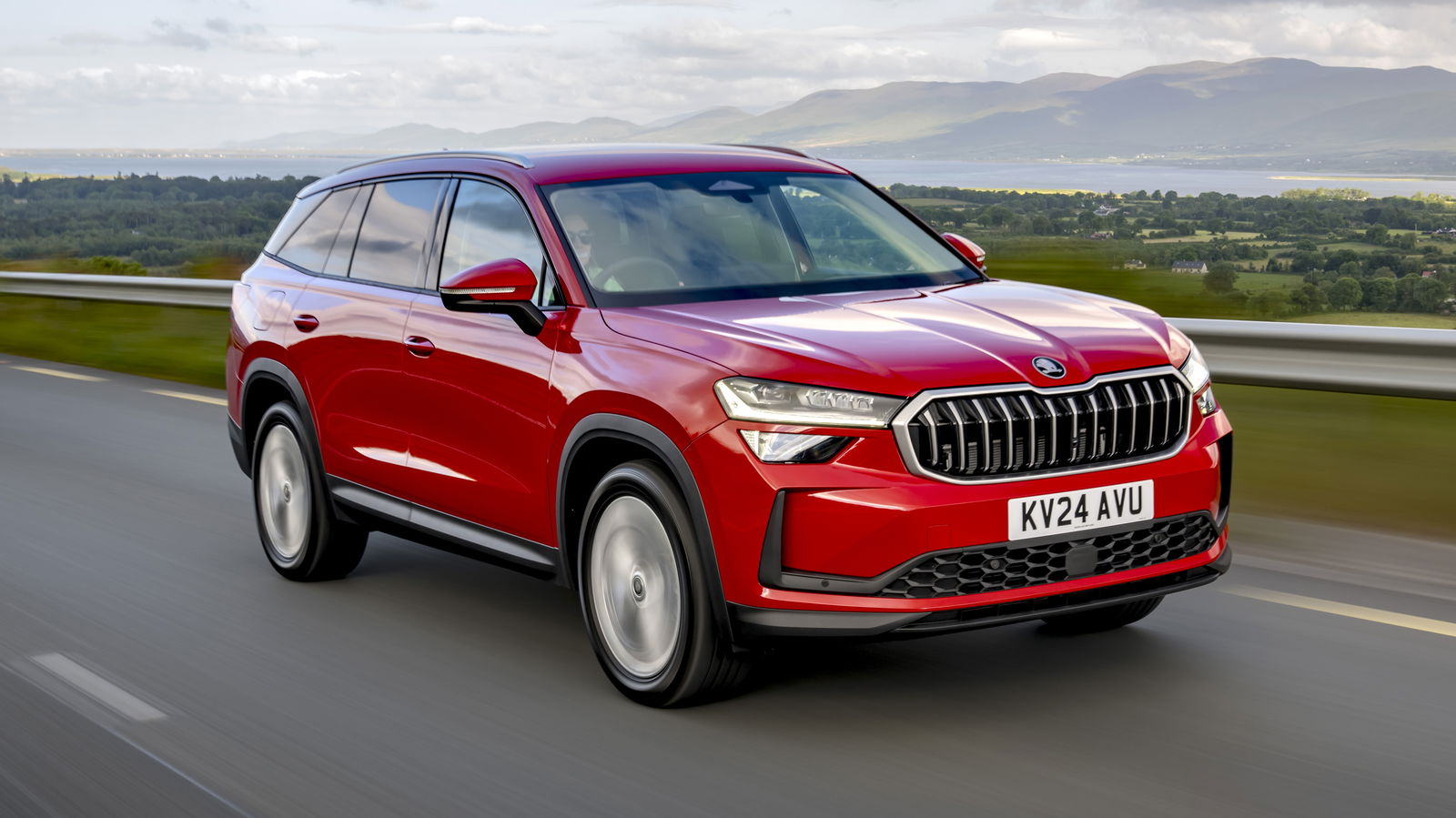

Comments